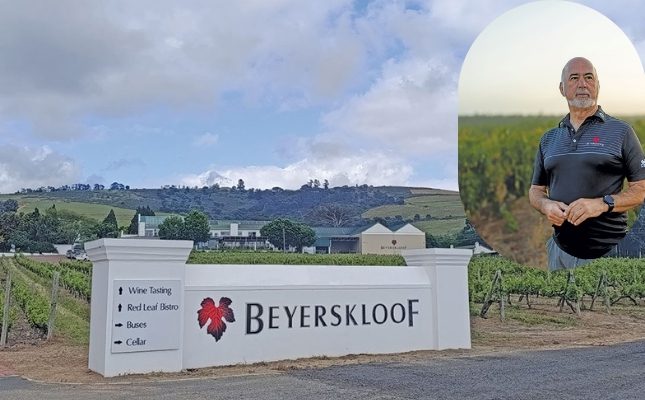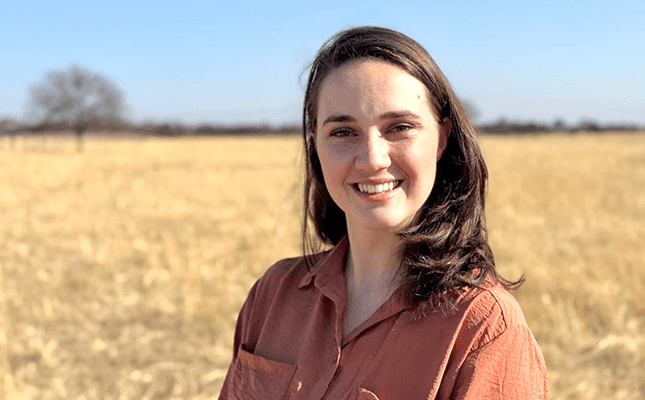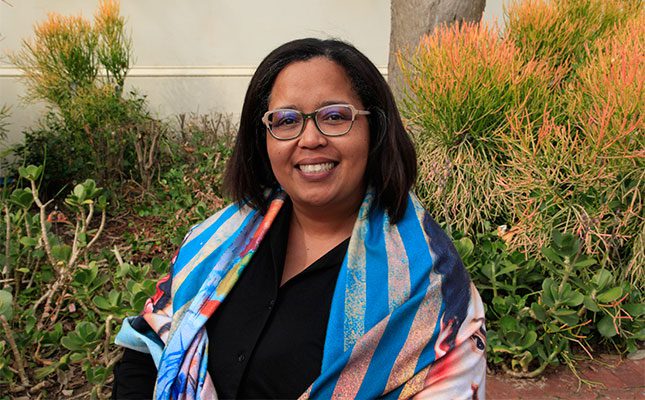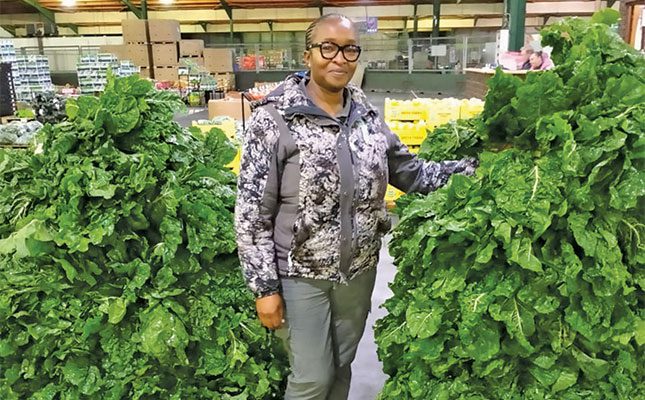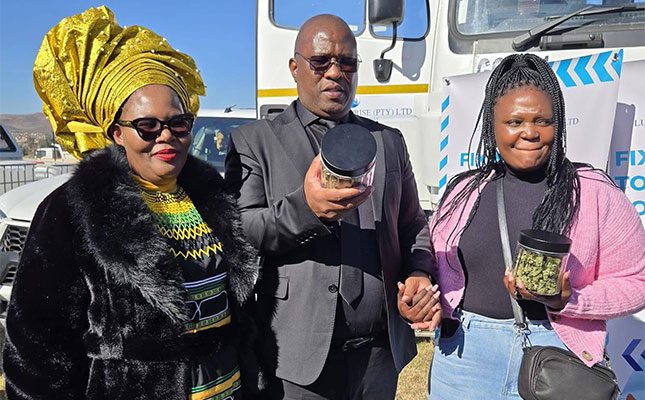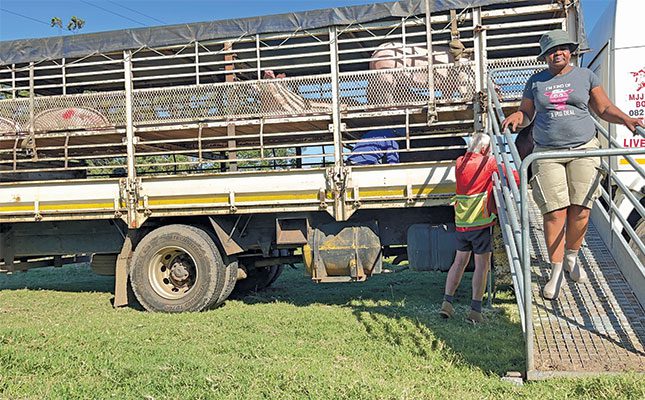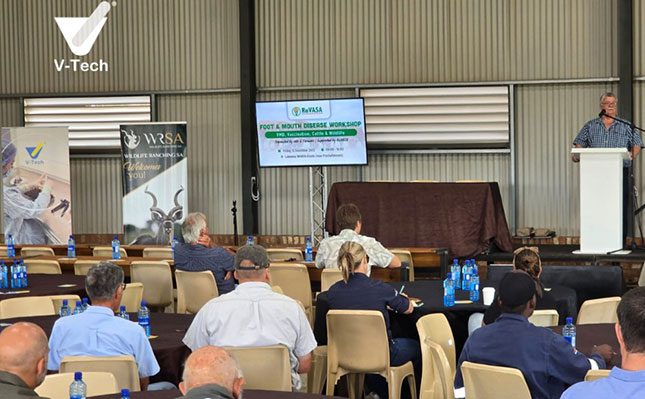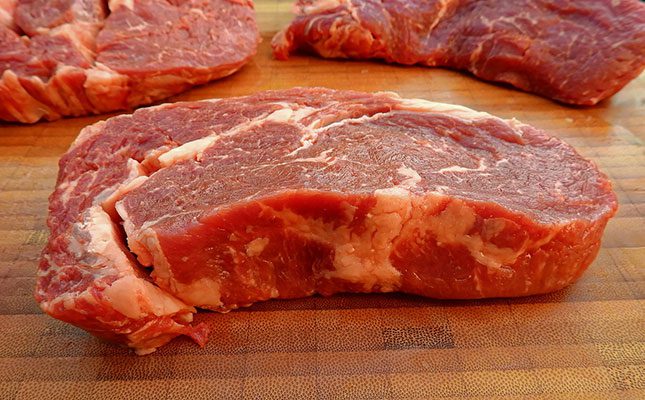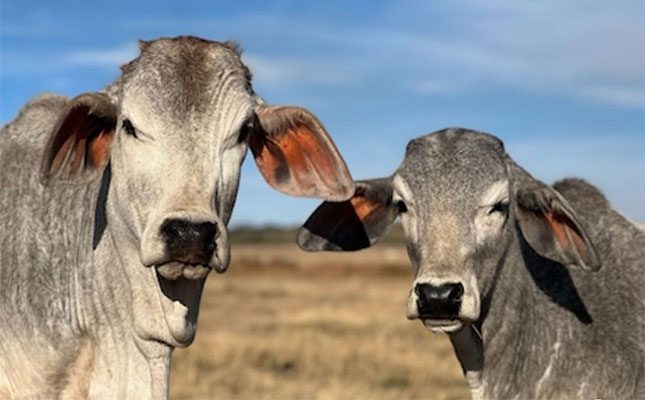
After school she obtained a Diploma in Hospitality Management from The International Hotel School, and later a New Managers’ Development Programme (NQF5) qualification from Stellenbosch University. She, however, was forced to leave the hospitality industry during the COVID-19 pandemic.
After marrying her husband, Bonginkosi Nkosi, she invested her savings and money from her pension fund into Nkonyane Yenkosi Farming, a business that Nkosi started at the time. The relocation to Rietvlei, the newly acquired farm near Dundee, required a total lifestyle change, she says.
She and Nkosi started with just eight cattle. Today, Rietvlei is home to approximately 200 breeding cattle, and Mthalane oversees all aspects of the farm’s operations.
She credits her hospitality background for preparing her to adapt and having the business skills she can now apply to the new business. Although she has no formal training in agriculture, and many wondered how she would possibly know how to handle large animals, the farm is where heart now lies.
“I absolutely love being a livestock farmer,” she says.
She admits that the past five years presented a steep learning curve and that she made some expensive mistakes along the way.
Weaner production
Nkonyane Yenkosi Farming specialises in weaner production. The breeding stock is kept on the farm, and Mthalane rears calves until they are weaned. After the weaners have achieved the desirable weight, they are taken to auction and sold mostly to feedlot owners.
“The age and weight of weaners earmarked for the feedlot industry are critical. Feedlots prefer a weaner to be in the so-called ‘dry condition’ upon arrival,” she says.
She points out that she and her husband are fortunate in that the auctions take place twice a month, all that they have to do is to ensure that their production cycles align with auctions. “We like selling at auctions as they regulate the price,” she says.
Her Simbra and Brahman cattle fetch top prices partly based on the reputation she’s built up over the past couple of years. 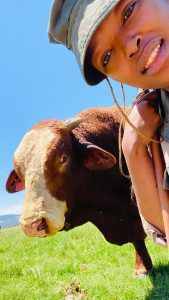
Just as other livestock farmers, she and Nkosi are facing numerous challenges. The spread of foot-and-mouth disease (FMD) is a huge concern as this impacts livestock auctions.
“Biosecurity is one of our main concerns. There are some things you have control over and can do to ensure that your biosecurity is in place, but there are also some aspects that one has little control over and just have to manage,” says Mthalane.
She explains that the uncontrolled movement of animals from FMD-control areas is a threat. In addition, she adds that their farm is in close proximity to a game farm, and every now and then some of the antelope jump the fences and end up on their farm.
“Although it is nice to have antelope on the farm, they are carriers of some serious livestock diseases,” she says.
Some challenges
As first-generation farmers trying to find their feet, she and Nkosi find it difficult to negotiate some of the political and societal challenges in the community. According to Mthalane, when they bought the farm, they in a way inherited the tenants on the farm.
“Although I understand their plight and circumstances, we also have a right to our property and acquired land, and cannot give in to all the demands we receive, for instance, providing extra grazing land for the tenants’ cattle. And we cannot defend legal battles from our own pocket,” she says.
Other operational challenges include water shortage and stock theft. “These things impact our business directly,” she states.
For the immediate future, she would like to improve their production infrastructure and security measures, safeguarding them against stock theft. In addition, she also wants to look at livestock insurance.
Another dream that soon will become reality, if it depends on Mthalane, is to diversify their enterprise.
“With the regular outbreaks of FMD, we need to have a plan B. We started building a feedlot structure where we can keep and feed sheep. The next step will be to purchase lambs, feed, and water tanks. But these things cannot happen in one day. We are expanding and building our business step by step, and we are also learning along the way. In the meantime, we are also building relationships and are at least trying to get our feet in the door of the small livestock industry.”
She says they would also have to train staff on how to handle sheep and goats.
Plans for the future
Looking five years into the future, Mthalane’s goal is to purchase more land, venture into processing, and add more value to what they produce. “If we can have an abattoir where we can slaughter and pack our own meat, it will create additional jobs. I would love to bring more employment and training opportunities to this area.”
Mthalane and Nkosi are also considering planting some grain crops and looking into the possibility of mixing their own livestock rations. She, however, acknowledges that she needs more financial and specific agricultural business training, as well as more technical know-how, with regard to animal health and crop production.
Speaking about the Metropolitan Collective Shapes programme, Mthalane says it equipped her with many additional skills.
“This programme was a turning point in my business and for me personally. Besides the fact that the new skills are helping us to improve our business management, it also helped me to unpack my business and to take off some blinders from my eyes. I made me realise that I cannot have all my eggs in one basket.”
Mthalane adds that the programme helped her to create a brand that speaks for itself.
Part of the programme also focused on practical aspects such as dehorning and branding of cattle, and showed them different methods of doing this.
“I brought these ideas back to the farm with me, and after showing the videos to my staff, we tried it. It was so successful that some of the herdsmen are now using these skills and knowledge and are dehorning and branding their own cattle.”
She points out that she would appreciate practical courses in some of the livestock operations to be presented on her farm. “Learning and watching videos is of great help, but if one could have that same or additional training on-farm, that would be such a help.”
“I would like to continue sharing the skills I learned with my employees. As a young woman in farming, I am really eager to make a meaningful impact in South Africa’s agriculture sector,” she says.

